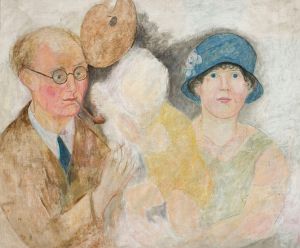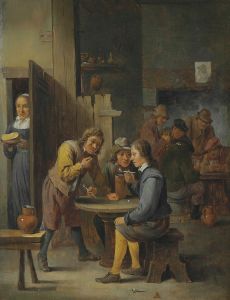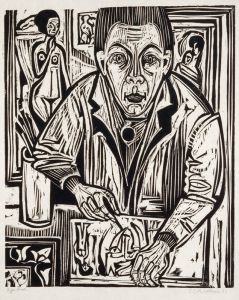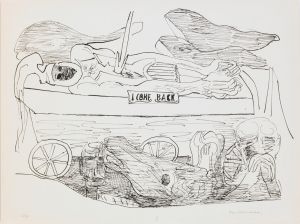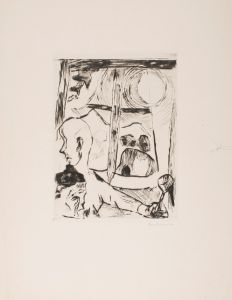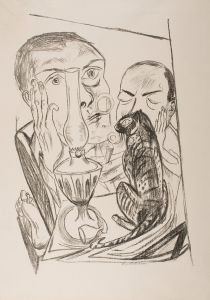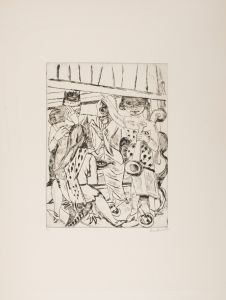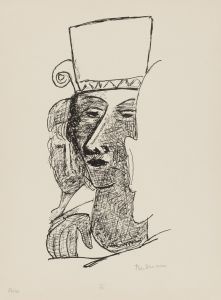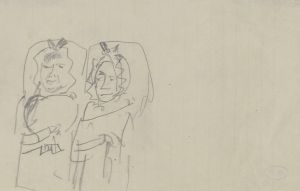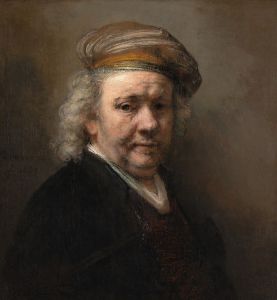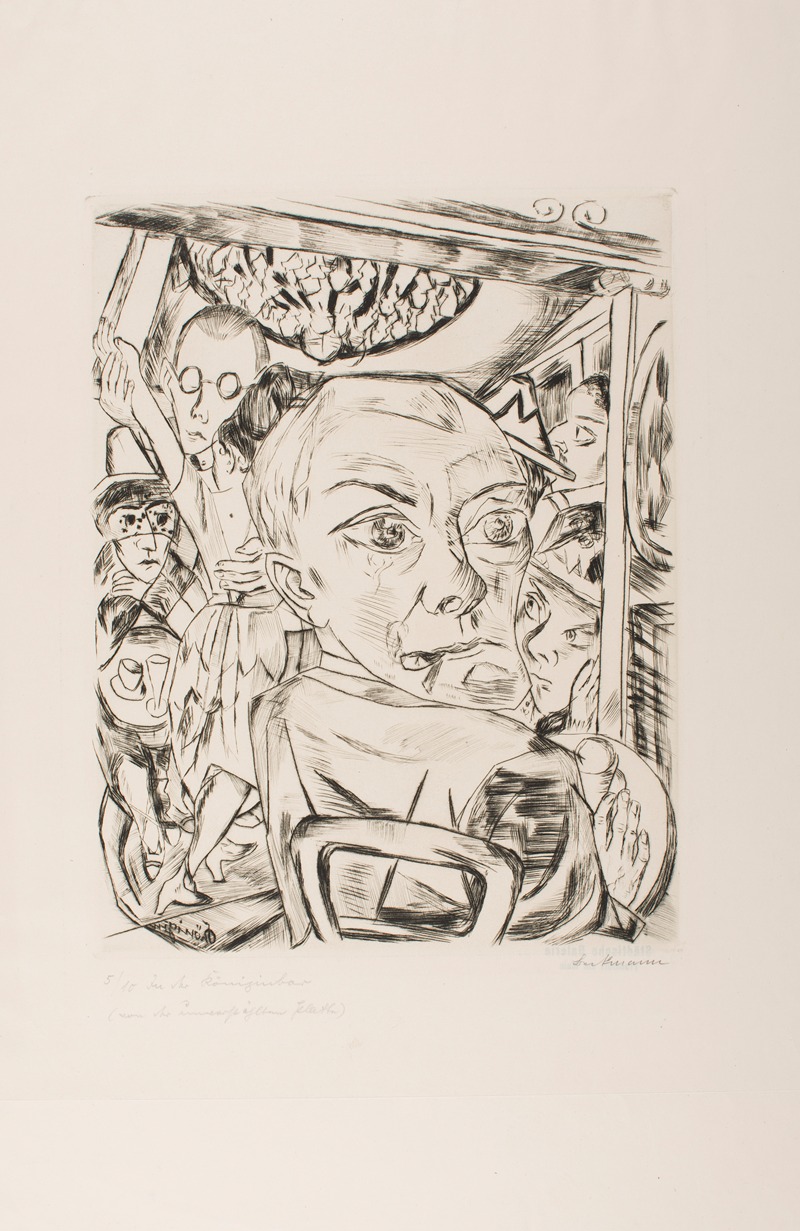
Königin Bar
A hand-painted replica of Max Beckmann’s masterpiece Königin Bar, meticulously crafted by professional artists to capture the true essence of the original. Each piece is created with museum-quality canvas and rare mineral pigments, carefully painted by experienced artists with delicate brushstrokes and rich, layered colors to perfectly recreate the texture of the original artwork. Unlike machine-printed reproductions, this hand-painted version brings the painting to life, infused with the artist’s emotions and skill in every stroke. Whether for personal collection or home decoration, it instantly elevates the artistic atmosphere of any space.
Max Beckmann's "Königin Bar" is a notable painting by the German artist, created in 1946. Beckmann, a prominent figure in the Expressionist movement, is renowned for his vivid and often complex compositions that explore themes of human experience, identity, and the tumultuous socio-political landscape of his time. "Königin Bar" is a work that exemplifies Beckmann's mature style, characterized by bold colors, dynamic forms, and a narrative depth that invites viewers to engage with its layered meanings.
The painting was completed during Beckmann's time in the United States, where he had relocated in 1947 after fleeing the oppressive Nazi regime in Germany. This period marked a significant phase in Beckmann's career, as he continued to develop his artistic voice while adapting to a new cultural environment. "Königin Bar" reflects Beckmann's ongoing exploration of the human condition, a theme that permeates much of his oeuvre.
"Königin Bar" is set in an interior space that suggests a bar or a cabaret, a common motif in Beckmann's work that serves as a microcosm of society. The composition is populated by a variety of figures, each rendered with Beckmann's characteristic attention to detail and psychological depth. The central figure, presumably the "queen" of the bar, commands attention with her regal presence and elaborate attire. Surrounding her are patrons and performers, each engaged in their own activities, contributing to the painting's lively and somewhat chaotic atmosphere.
Beckmann's use of color and form in "Königin Bar" is particularly striking. The palette is rich and varied, with deep reds, blues, and yellows that create a sense of vibrancy and movement. The figures are outlined in bold, black lines, a technique that Beckmann often employed to enhance the dramatic impact of his compositions. This stylistic choice also serves to unify the diverse elements of the scene, drawing the viewer's eye across the canvas and encouraging a deeper engagement with the narrative.
Thematically, "Königin Bar" can be seen as a reflection on the complexities of modern life, a subject that Beckmann returned to repeatedly throughout his career. The painting captures a moment of interaction and tension, where the boundaries between reality and performance, individuality and community, are blurred. This ambiguity is a hallmark of Beckmann's work, inviting viewers to consider the multiple layers of meaning embedded within the scene.
Max Beckmann's "Königin Bar" is a testament to the artist's ability to convey the intricacies of human experience through his distinctive visual language. The painting stands as a significant example of Beckmann's post-war work, highlighting his continued relevance and influence in the art world. Through its dynamic composition and rich narrative, "Königin Bar" offers a compelling glimpse into the world of Max Beckmann, an artist whose work continues to resonate with audiences today.





